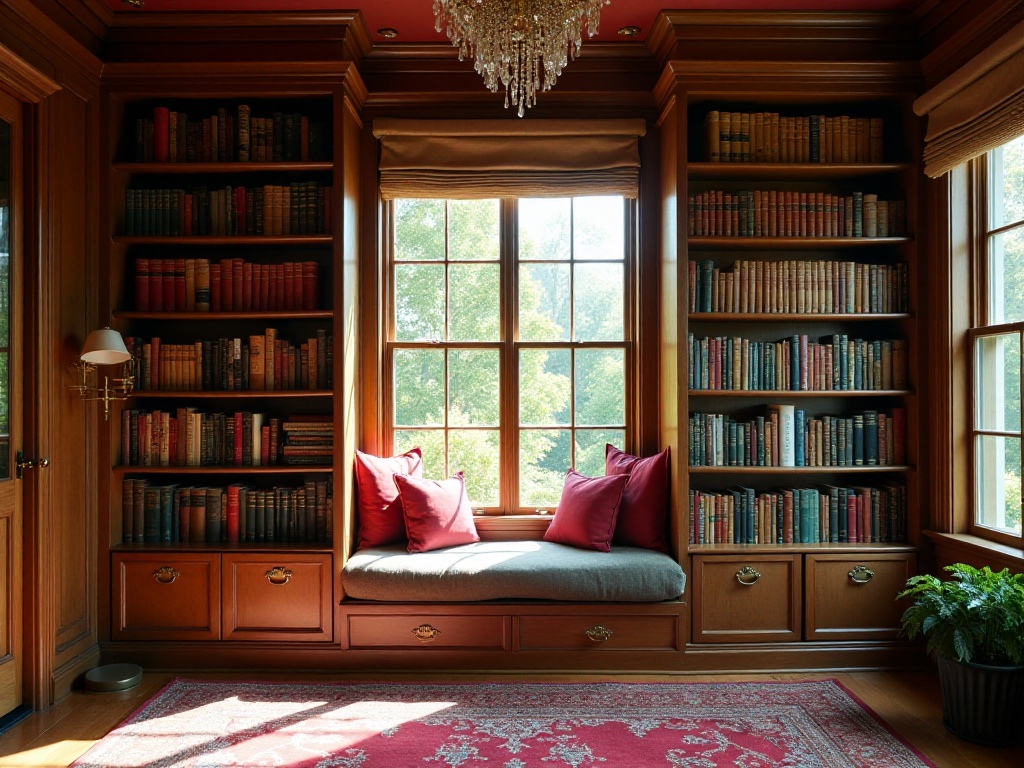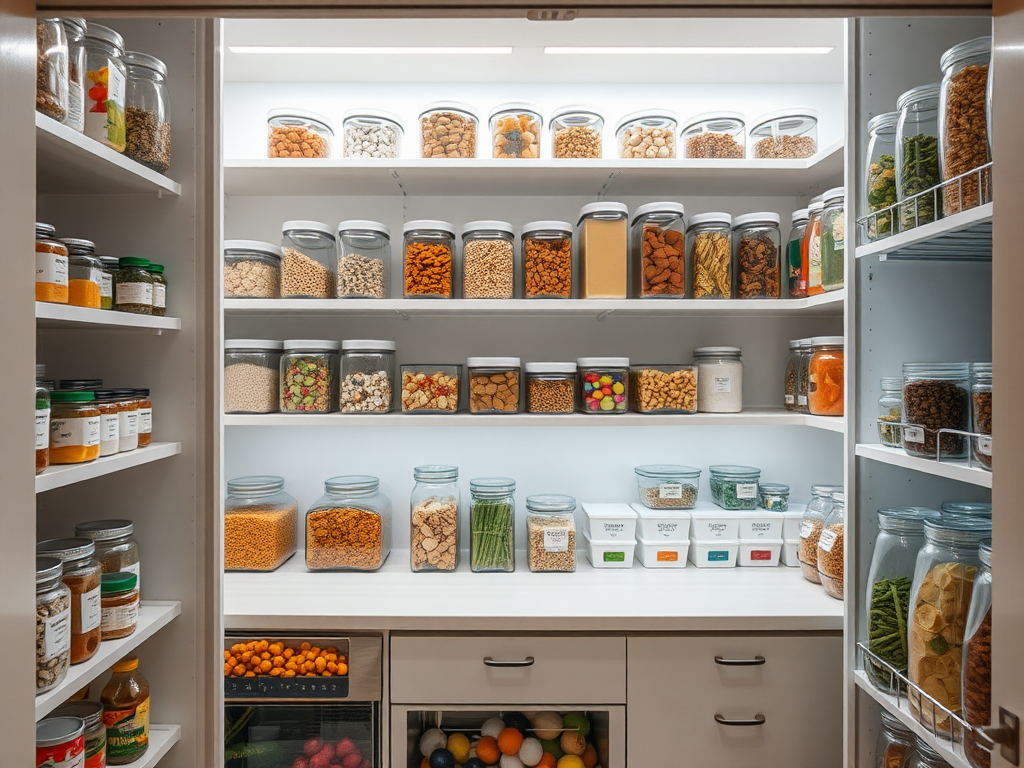Introduction
Do you ever feel like giving up when you come home to a house full of clutter? As someone who transformed from a "junk collector" to an "organization expert," I completely understand this feeling! I used to spend half an hour just looking for a charger among piles of stuff every morning. After countless trials and failures, I finally developed a set of organization tips that work for me, and today I'm sharing them with you to help transform your living space!
Spatial Thinking
To be honest, I used to think organization just meant "stuffing things into cabinets" until one day I realized my cabinets were about to explode. Later, when I started studying space utilization, I discovered that many people overlook a super important dimension: vertical space!
Have you noticed that space above your door frames? It's like a forgotten treasure! I installed a large shelf above my bedroom door where I store bulky down jackets and quilts. During seasonal changes, I just need a small stool to easily reach them.
Walls are also excellent storage spaces. I installed floor-to-ceiling shelving units on my wall. This not only maximizes wall space but keeps all small items neatly organized. The shelves can hold books, decorations, plants, and can even become an artistic photo wall - killing two birds with one stone!
Bedroom closet design is also crucial. Many people only consider horizontal space in closets while ignoring vertical planning. I divided my closet into three layers: top for seasonal clothes, middle for everyday wear, and bottom for shoes and bags. Each layer is further divided into small compartments using storage boxes, preventing clothes from piling up.
Those with small apartments might consider a lift-able drying rack. I installed one on my balcony that can be raised to the ceiling when not in use and lowered when needed. This maximizes space without blocking light - it's truly a must-have home gadget!
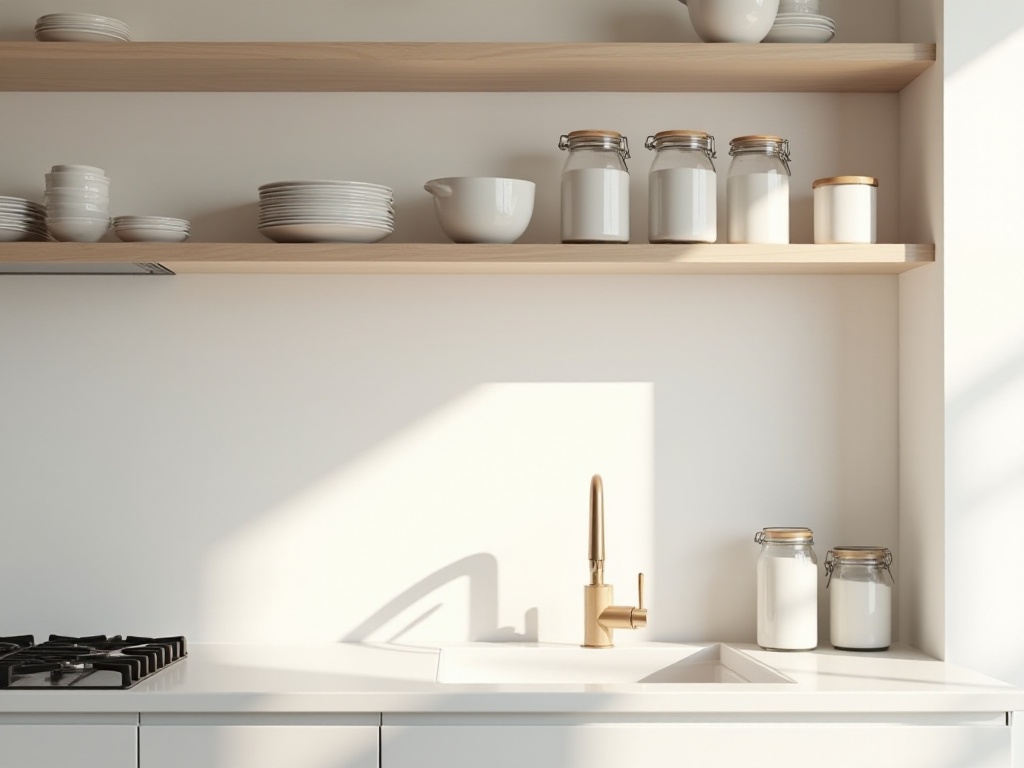
Classification System
When it comes to organization, the most challenging part might be categorizing too many items. I used to be a "hoarder," tossing various small items anywhere and struggling to find them later. Later, I developed a classification method that completely changed my life!
First is the kitchen. I replaced all spice containers with uniform glass bottles, each labeled with purchase date and expiration date. Seasonings are organized by frequency of use: daily-use items on the rack near the counter, occasional-use items in upper cabinets. No more searching the whole house for soy sauce while cooking!
Kitchen utensils also require strategy. I keep everyday utensils in drawers near the sink, while special-occasion dishes are stored in a dedicated cabinet. Small items like chopsticks, spoons, and forks are sorted in storage boxes for easy access.
Study organization is interesting too. I categorize books by type: professional books, literature, magazines, etc. Each category is marked with different colored labels, making it both organized and attractive. Office supplies are stored in drawer organizers, with each compartment having a specific purpose - no more lost staplers!
Bathroom organization is crucial too. I installed a multi-tier rack in the shower area for shampoo, body wash, and conditioner. Daily care items like toothbrushes, toothpaste, and face cream are arranged in the mirror cabinet according to usage order. This eliminates bathroom chaos.
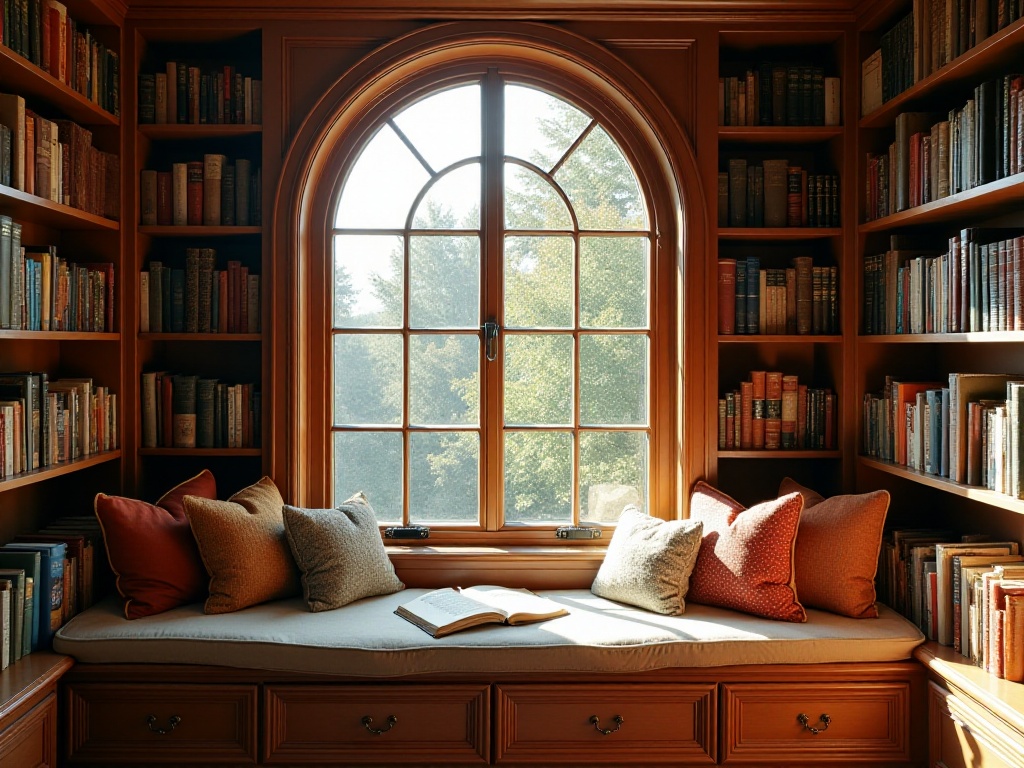
Time Management
Many people think organizing is time-consuming, but it's just about using the right method. I now use the "10-minute organization method," spending ten minutes organizing before bed each day, with great results!
How does it work? Here's my schedule: Monday for bedside tables and bedding, Tuesday for desk and office area, Wednesday for closets, Thursday for bathroom, Friday for kitchen, Saturday for balcony and storage room, and Sunday for deep cleaning.
This distribution makes daily tasks manageable. For example, on Monday when organizing the bedside table, I take everything out of the drawers, wipe them down, and reorganize items by frequency of use. Bedding gets shaken out and aired to maintain freshness.
Tuesday's desk organization focuses on handling documents and miscellaneous items. I file all documents by category, dispose of unnecessary items, and store important ones. Keyboard and mouse get cleaned too.
Wednesday's closet organization is a big project. I check all clothes for cleaning or repairs needed, then reorganize by season and type, with frequently worn items in accessible locations.
With this consistency, the entire room stays organized. Since tasks are broken down, they require minimal daily time and don't feel overwhelming.

Shopping Principles
When discussing organization, we must address shopping. Many cluttered situations start with shopping habits. I now strictly follow the "one-in-one-out" rule: for every new item purchased, an old item must go.
This method really works! For example, when I recently spotted a super cute hoodie, before ordering, I found an old jacket I hadn't worn in ages. After receiving the new hoodie, I donated the old jacket to charity. This not only controls clothing quantity but helps others - two goals achieved at once!
Practicality is crucial when shopping. I used to be attracted to various "storage solutions" only to find them useless later. Now I first identify what needs storing, then choose appropriate storage tools.
For instance, I have a large storage cabinet on my balcony specifically for storage boxes. Each box is labeled with specific contents like "winter clothes" or "summer bedding." Everything is easy to find without rummaging through boxes.
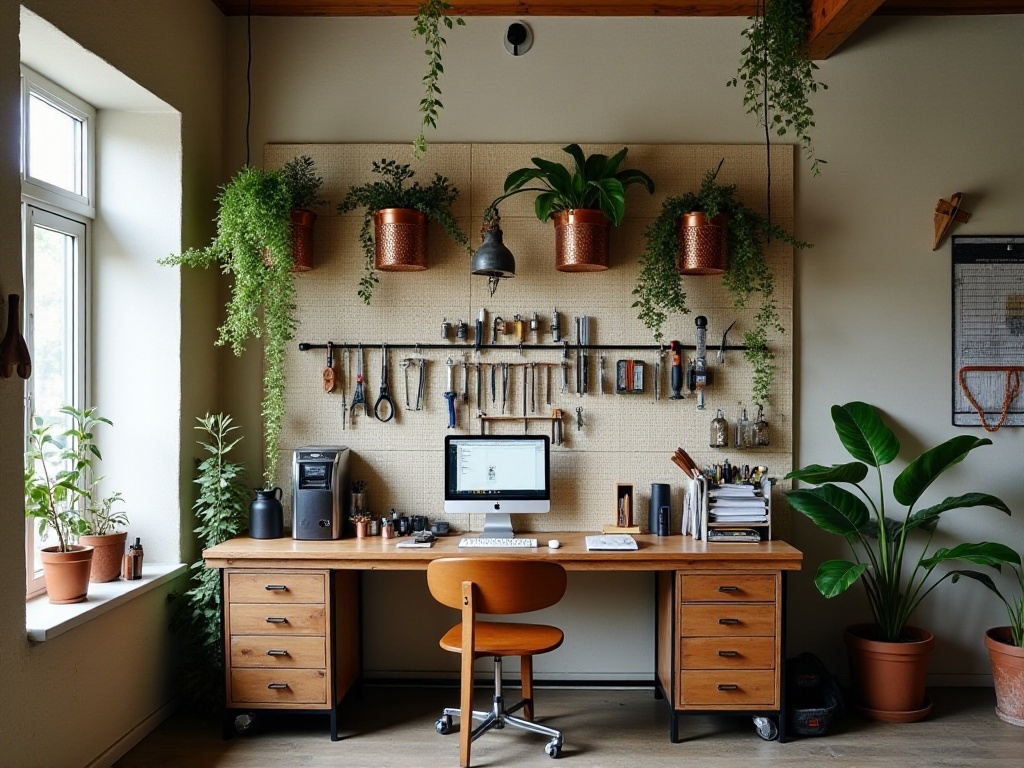
Kitchen Organization
The kitchen is arguably the most challenging space to organize! However, with the "zone organization method," kitchen organization becomes simple.
First is the prep area. I placed a multi-tier rack next to the counter for frequently used seasonings. Cutting boards and utensils are organized by frequency of use for easy access.
Cooking area design is important too. I installed hooks on both sides of the stove for hanging spatulas, strainers, and other common tools. Oil, salt, and sauces are on the rack next to the stove for convenient cooking.
The cleaning area mainly includes the sink and dish rack. I installed a retractable rack under the sink for detergent and scrubbers. There's a dedicated storage space next to the dish rack for cloths and cleaning tools.
Refrigerator organization requires technique. I added two rotating trays to easily access items at the back. Each shelf uses storage containers to separate vegetables, fruits, and meats for cleanliness and organization.
Clothing Management
The recently popular "roll-up" storage method for clothes really works! I used to stack folded clothes, but taking middle items would cause everything above to collapse. Now rolling clothes saves space and makes retrieval easier.
How to do it? For T-shirts, lay them flat, fold once, then roll tightly from bottom to top. Place rolled clothes upright in drawers like sushi rolls - neat and attractive.
For sweaters that easily lose shape, I use special hangers. Adding non-slip covers prevents shoulder marks.
Suits and formal wear need special care. Each suit has its own dust cover and dedicated closet space. This prevents dust and maintains shape.
Shoe storage has its techniques too. Sneakers go directly in the shoe cabinet, but boots need special treatment. I use pool noodles or rolled newspapers in boot shafts to maintain their shape and prevent collapse.
Developing Habits
Organization isn't an overnight achievement but a habit to develop gradually. I keep a "pending box" in each room for temporary items, dealing with them collectively on weekends.
This method is perfect for lazy people! Notes from reading, used receipts, or clothes for washing can go in the pending box. Weekend processing ensures nothing gets overlooked while maintaining tidiness.
Most importantly, before buying storage items, organize what needs storing first. I once bought storage boxes that were completely wrong sizes, wasting money. Now I organize and measure items first, then buy suitable storage solutions.
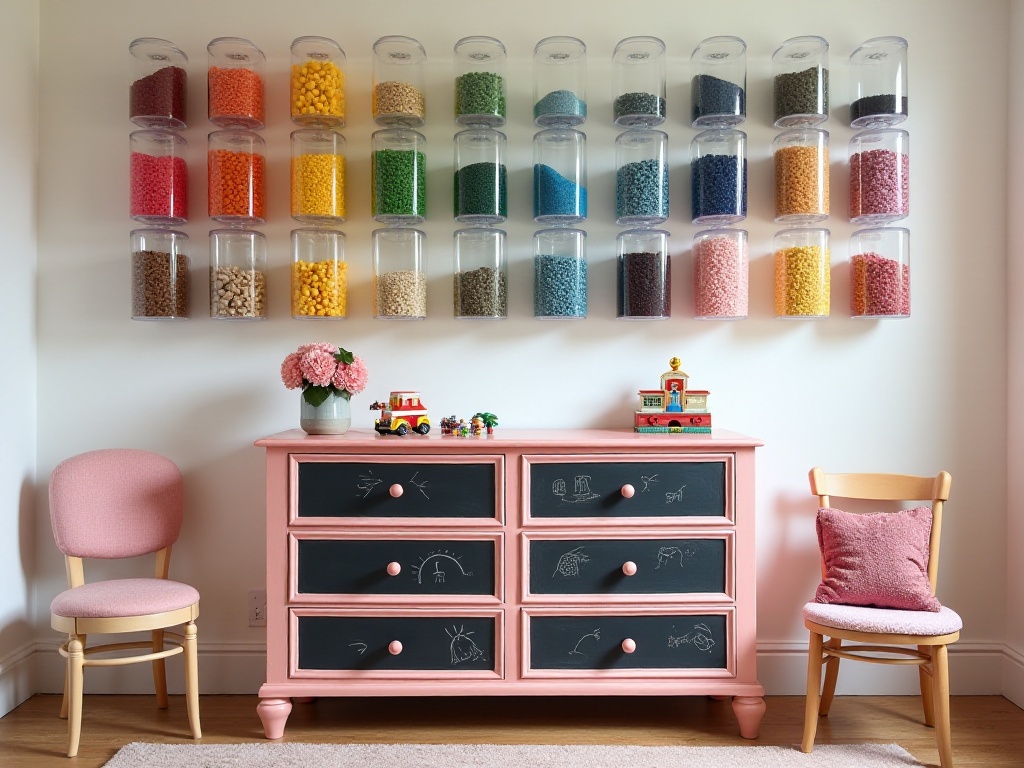
Conclusion
Through these organization methods, my home transformed from a "storage warehouse" into a neat, comfortable space. Coming home feels relaxing and pleasant! Organization is truly a life art requiring dedication.
If you want to start organizing your space, begin with one small corner. It could be a desk drawer or one shelf of your nightstand. Take it slow and let organization become a habit. You too can create a well-organized, cozy home!
By the way, if you have any useful organization methods, please share them in the comments! Let's share and improve together to make life better!
Related articles


